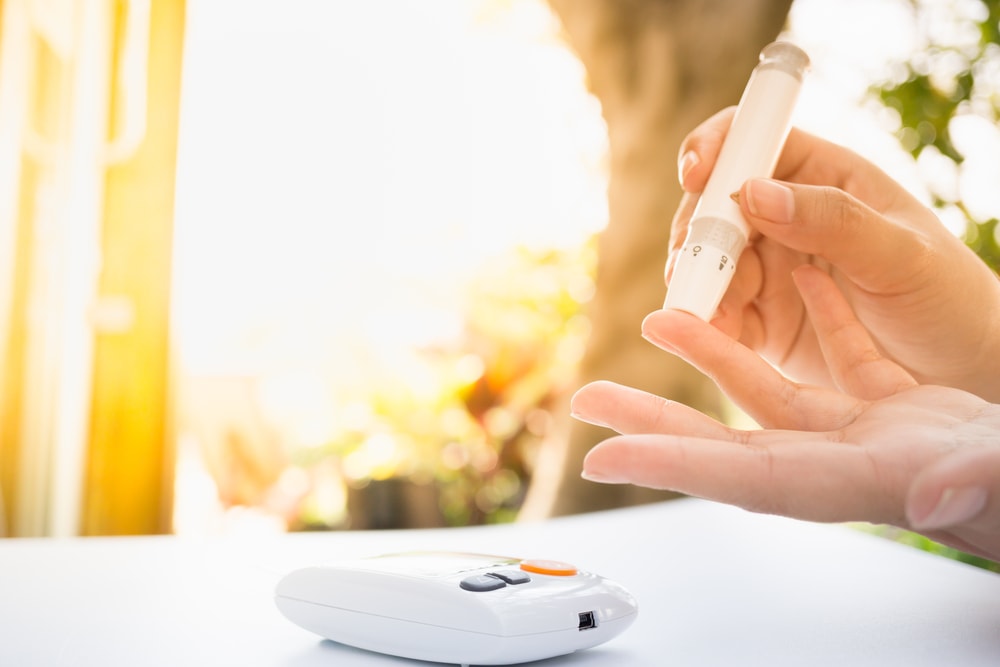Tired of painful diabetes testing? These tips for painless finger pricking will help!
For many people living with diabetes, pricking their finger to test blood glucose levels is a painful ordeal. According to the American Diabetes Association and other sources, checking your blood sugar regularly is an essential part of managing diabetes. But no matter how tough you are, the daily ritual of pricking your finger to draw blood can become quite painful over time. Fortunately, we have some tips for painless finger pricking that can make blood glucose testing a little easier to bear.
- Warm your hands
When your hands are cold, pricking your finger for a blood test can be more painful. Your blood also flows more sluggishly, which can make it difficult to gain enough blood for a sample. Before testing, you can rub your hands gently together, wash them in warm water, or sit on them for a minute. Any of these strategies will warm your flesh and make your fingers less sensitive to testing. - Don’t use alcohol
Doctors no longer recommend sterilizing your finger with alcohol as part of their tips for managing diabetes, as it dries out the skin and makes it tougher and more painful to puncture. Simply wash your finger with soap and warm water and pat dry. - Avoid the fingertip
Testing on the fleshy part on the center of the fingertip is more painful than the rest of the finger, because there are so many nerve endings on the pad of your finger. Try testing on the sides of your finger up near the nailbed, where there is better blood flow and less sensitivity. - No squeezing
Squeezing your finger to get enough blood for your test sample can bruise the finger and make testing more painful. If you need a larger blood sample, gently massage your hand from the wrist down towards your finger without squeezing. You can also hang your hand below your waist for a few seconds to encourage more blood flow to your fingers. - Switch fingers
If you are wondering which finger is best to test blood sugar, the answer is all of them. Using the same finger each time you test can cause calluses and scar tissue to form that make testing more difficult. Use a different finger each time you test for the best results. - Use new lancets every time
Blood testing lancets are designed to be sharp, but they become duller and blunter each time they are used. Using a new lancet each time may make finger pricking less painful. If even new lancets are painful, consider switching brands. Just because a certain lancing device came with your glucose monitor doesn’t mean it is the best choice for you. Many people find that using pediatric lancets, which have an extremely slender blade, is much less painful than a standard lance. - Adjust lancet depth
Most lancing devices allow you to set the depth of puncture. If you find lancing to be painful, or end up bleeding profusely, try reducing the depth of the puncture. If you often have to work to get enough blood, you can increase the lance depth. A little experimentation will help you find the ideal depth to achieve a more painless finger pricking. - Choose the right equipment
Many of the newer blood glucose monitors require only a tiny sample of blood. This smaller volume of blood can make testing less painful, because the smallest pinprick is sufficient to collect enough blood to get an accurate blood glucose levels - Experiment with alternative site testing
If none of these strategies help you achieve painless finger pricking, talk to your doctor about the possibility of using alternative site testing (AST) for some of your tests. Taking blood from alternative sites, such as the palm of your hand, your arm, or thigh, can significantly reduce the pain of testing. Blood glucose levels can vary by as much as ten points when you use these sites, though, so they should never be used if you are concerned about low blood sugar.
Be sure to check back with www.BetterHealthKare.com for more tips for managing diabetes, including healthy eating tips for diabetics, tasty diabetic-friendly recipes, and lifestyle suggestions that will help you enjoy a healthier future.



